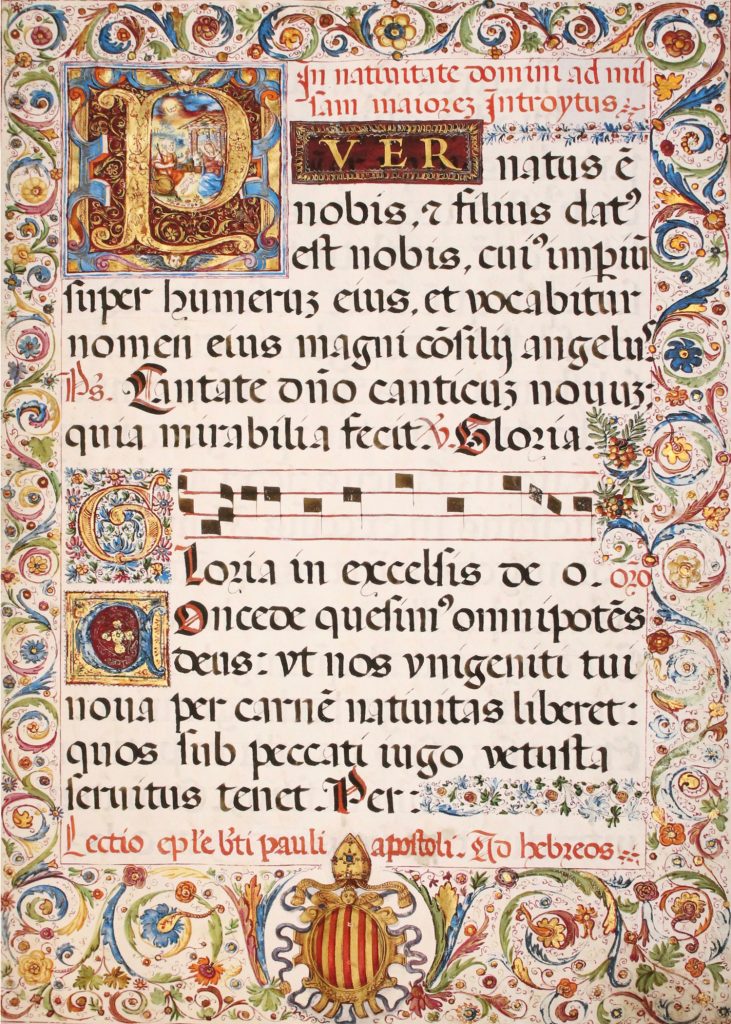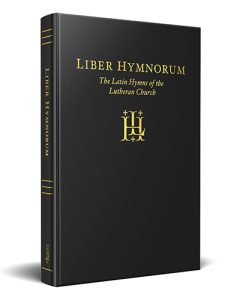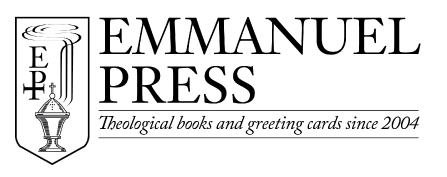THE LATEST NEWS
“…for he will save his people from their sins.”
Share the good news of our Savior’s birth with Christmas cards that combine stunning imagery with words of Scripture and beloved hymns.
Savior (left) shows the infant Christ standing on the lap of the Virgin Mary, who gently receives her child’s embrace. We see St. Joseph through the archway. This 17th-century painting by Italian artist Giovanni Battista Salvi da Sassoferrato is a tender portrayal of the bond between mother and son. Yet this Son is the Savior of the world, as is echoed in the inside greeting: “She will bear a son, and you shall call his name Jesus, for he will save his people from their sins” (Matt. 1:21).
An Army of Angels Leads to the Nativity
Glory to God depicts an oil on canvas painting, “Seeing Shepherds” by Daniel Bonnell. The inside text echoes the cover with a stanza from “O Come, All Ye Faithful”:
Sing, choirs of angels, sing in exultation, Sing, all ye citizens of heaven above! Glory to God in the highest; O come, let us adore Him, Christ the Lord!
As Mr. Bonnell explains, “This is the nativity from the perspective of the viewer. The viewer becomes one of the shepherds as you witness an army of angels leading to the nativity.” The angels appear to the humble shepherds standing among their herd of sheep, filling the sky with brilliant light and pointing to the manger in Bethlehem.
As with all of our Christmas cards, this design is exclusive to Emmanuel Press.
Christmas Cards that Focus on Christ
Share the good news of our Savior’s birth with Christmas cards that combine stunning imagery with words of Scripture and beloved hymns.
Messiah (right) features an acrylic painting on canvas by Meghan Schultz, a Lutheran artist with whom we often collaborate (see biography below). The three-rayed nimbus around the Christ Child’s head represents His deity. Swaddling cloths weave through a crown of thorns and a king’s crown, confessing that Jesus was born to die that we may live, and He reigns eternally as King. Ever with an eye to symbolism, Meghan notes that the dark blue hues around the manger below transform to purple above to signify royalty. Well-known words from Handel’s Messiah echo the meaningful imagery of the art on the cover while the inside text proclaims, “For unto you is born this day in the city of David a Savior, who is Christ the Lord” (Luke 2:11).
 Puer Natus (left) is a 16th-century illuminated manuscript from a Latin Divine Service book in Italy. The inside text is Isaiah 9:6, which also appears on the cover: “For to us a child is born, to us a son is given…and his name shall be called Wonderful Counselor, Mighty God, Everlasting Father, Prince of Peace.”
Puer Natus (left) is a 16th-century illuminated manuscript from a Latin Divine Service book in Italy. The inside text is Isaiah 9:6, which also appears on the cover: “For to us a child is born, to us a son is given…and his name shall be called Wonderful Counselor, Mighty God, Everlasting Father, Prince of Peace.”
As you’ll read on our Christmas cards page, you can create a custom assortment of Christmas cards, whether it is one design or a mixture of all thirteen. Choose from a variety of styles, including stained glass, illumination, triptych, classic art, and original commissioned pieces.
*Meghan Schultz’s background is in graphic design and advertising with a special interest in fine art and calligraphy. In the past few years she has completed countless freelance projects for churches, schools, and Christian organizations and has created a body of liturgical artwork which can be found in her Etsy shop (redletterartdesign.etsy.com). Meghan hopes that her artwork serves as a tool for Christians in centering their life around the Church Year as they serve their neighbor through their vocations. She is a member of Redeemer Lutheran Church in Fort Wayne, Indiana.
Introducing our newest Christ-centered Christmas card…
Share the good news of our Savior’s birth with Christmas cards that combine stunning imagery with words of Scripture and beloved hymns.
This year we are pleased to add a new Christmas card to our collection: Adoration. In rich, vibrant colors, this artwork depicts three magi offering gifts and kneeling in worship before the Christ Child, who is illuminated by the light of the guiding star. The inside text comes from “The Star Proclaims the King is Here” by Coelius Sedulius:
The wiser Magi see from far
And follow on His guiding star;
And led by light, to light they press
And by their gifts their God confess.

Note: Each year we mail thousands of Christmas cards across the U.S. and abroad. When we sell out of a particular design, sometimes there is time to print more, sometimes not. Order your custom assortment of Christmas cards today to secure your selection.


Liber Hymnorum: Why are these hymns important?
 Matthew Carver: “The hymns in Liber Hymnorum are important, first, because they are the Church’s hymns. They have been used by God’s people for centuries, have stood the test of time, and have been carefully tended and passed on for the use of every generation. In them we find our own prayers, praises, and thanks to the Triune God joined with those of the saints of every age. This collection, in particular, is also important because it features the peculiar forms of the melodies as they ‘grew up’ and took on their own ‘accent’ in the bosom of the medieval church of Germany. A lot of people familiar with ancient hymns are nevertheless unaware of the rich multiplicity of ancient hymn tunes from the times before later scholars normalized, and yet sadly erased, many of these beautiful peculiarities. Thus we are at the same time given a window into the musical culture of the early Lutheran period in Germany.”
Matthew Carver: “The hymns in Liber Hymnorum are important, first, because they are the Church’s hymns. They have been used by God’s people for centuries, have stood the test of time, and have been carefully tended and passed on for the use of every generation. In them we find our own prayers, praises, and thanks to the Triune God joined with those of the saints of every age. This collection, in particular, is also important because it features the peculiar forms of the melodies as they ‘grew up’ and took on their own ‘accent’ in the bosom of the medieval church of Germany. A lot of people familiar with ancient hymns are nevertheless unaware of the rich multiplicity of ancient hymn tunes from the times before later scholars normalized, and yet sadly erased, many of these beautiful peculiarities. Thus we are at the same time given a window into the musical culture of the early Lutheran period in Germany.”
_____________
An endorsement from Dr. Robin Leaver, Visiting Professor, Yale University; Honorary Professor, Queen’s University: “Many Lutherans have forgotten – or do not know – that Latin hymns were not banished when Luther created his sturdy German hymns, but both continued side by side in the liturgical and devotional life of the early Lutheran churches. A simplistic equation has often been presented: Latin hymns are Catholic; vernacular hymns are Lutheran. But the sensitivity towards some Latin hymns was not linguistic but theological. Since the Reformation was nurtured and promoted by Latin schools, Latin hymns – corrected if necessary, as well as newly written – continued to be sung by the Latin scholars. This singing was often in alternation, with scholars singing each stanza in Latin and the parishioners following with the same stanza in German. This valuable collection, which is based on early Lutheran sources, on the one hand, witnesses to the historic Lutheran tradition of Latin hymnody, and on the other, is a practical collection of Latin hymns with English translations. The Latin hymns can be sung in seminaries and conferences where Latin is known and the vernacular versions sung from time to time in parishes. And there is also the possibility of experiencing the early Lutheran tradition of singing the alternate stanzas of a hymn in Latin and the vernacular. We are indebted to Matthew Carver for drawing our attention to this neglected liturgical tradition and for making these texts, translations, and music accessible.”

Let’s stay in touch! To receive the most current information on our products and new releases, join our email list today!


